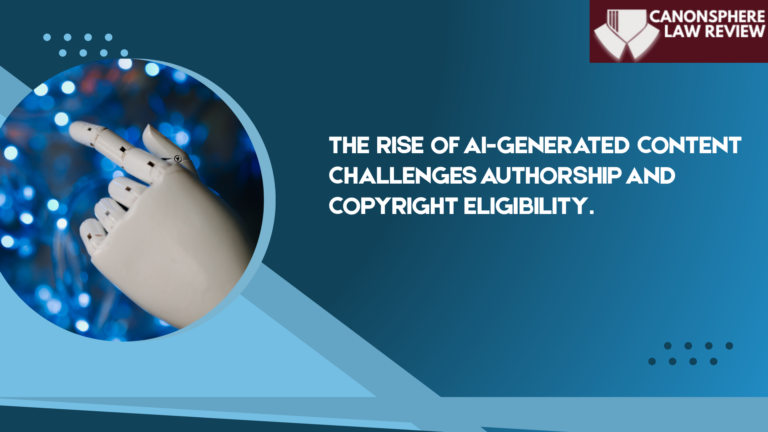This Short article has been written by SOWMYA.A and co- authored by Dr. ARUN.D RAJ. Sowmya and Arun are Law Students at School of Law, Vellore Institute of Technology (VIT) University Chennai Campus, Chennai.
ABSTRACT
This AI-generated content now has a different meaning than that of the machine learning and neural network point of view. This vary technological breakthrough raises challenges and discussions worldwide about what is human and machine creativity. There are different histories of copyright and authorship connected to one another through the case studies of AI-generated works and the disputes created over them. Indeed, the legal situation is beset by a formidable challenge-how do AI-generated content and concepts find a place within copyright law? Differing practices across nations are more than enough evidence that there exist significant gaps in the global copyright guidelines. Integration between governments, companies, artists, and additional parties will be sorely needed to produce frameworks still to come. The benefits of AI-generated content are many, such as increased efficiency, enhanced creativity, better access, and wider diversity among kinds of creative output. And these benefits come hand in hand with aligning the risks it poses-stability versus quality, originality, job displacement, and ethical aspects concerning bias and fair use. The frequency of impacting creators and industries will be unseen; tackling these issues evokes a great deal of active thinking and innovative approaches to achieving commonality in creativity between humanity and artificial intelligence. To follow trends, adaptation always needs to be ensured in the future by working together. Therefore, a holistic approach is significant in understanding and managing AI-generated content towards a restorative and innovative future for the creative industries.

